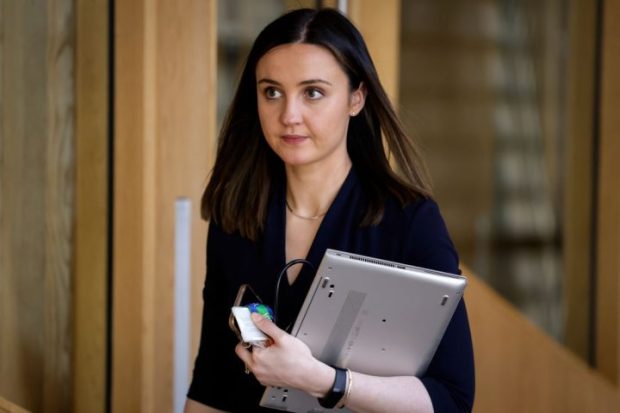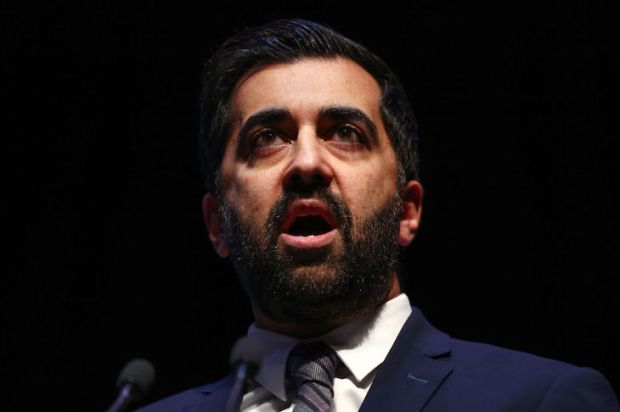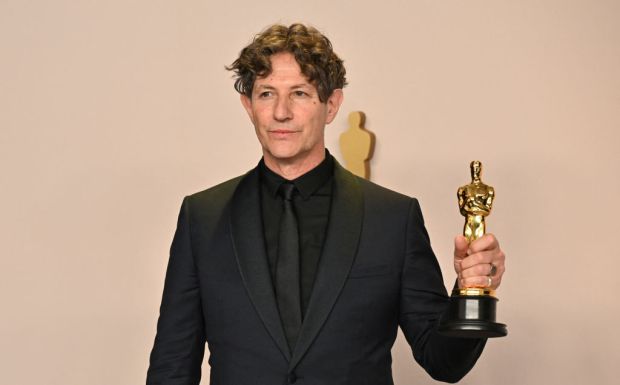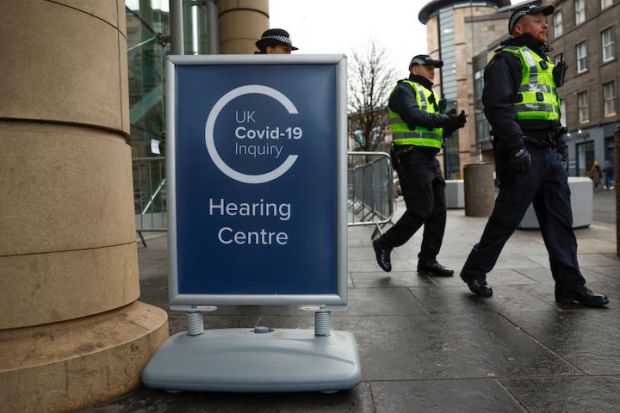Nicola Sturgeon has two houses and they could hardly be more different. Her official residence, Bute House, in the heart of Edinburgh’s New Town, is a Robert Adam designed early 19th century masterpiece with all the grace and elegance appropriate to the office of First Minister. Her life-size portrait hangs on its walls.
Her other home — her own — is an anonymous detached modern house on an ordinary estate in an unglamorous Central Belt town. Only the Neville Johnson bespoke bookcases and, it is said, a £1,000-plus coffee maker mark it out as unusual in this relatively deprived part of Scotland.
Sturgeon and her husband, SNP chief executive Peter Murrell, come and go and the neighbours hardly notice anymore. To them, they are just two other ordinary residents they could borrow a torch or a garden strimmer off if they needed to.
This dual existence of homely neighbour and leading stateswoman may seem — and be — contradictory, but then so is Sturgeon. As her party barrels confidently towards another huge victory in next month’s Scottish Parliament elections, with the only real question being whether she will obtain an overall majority in a system specifically designed to exclude one, people may wonder what is behind her remarkable electoral appeal.
The answer lies in the fact that she can be two things at the same time. I have been acquainted with her for 30 years and know her as simultaneously warm and distant. Yet neither of these character traits are forced.
Sturgeon is an instinctively private and deeply serious person, but the interest, concern and empathy she shows others is real. Those who cross her will be met with a silent stare that can melt glaciers, but others who are less combative will encounter genuine humour — she can be very funny — and friendliness.
To the regular pack of press photographers, she is a dream: she knows their first names and understands what will make a good picture as well as they do. She realises the necessity of banal election stump images — painting with kids, serving ice cream — and accepts her acting role in these with alacrity.
In an age of televisual appeal, this is the main reason why voters like her. Authenticity replaces the spin and dissembling now normalised in UK politics. As in other countries, most Scots are not politically sophisticated. They do not agonise over higher education policy or Gaelic language funding. They catch headlines, not nuances. They are more interested in the next Old Firm game than the latest consultations over the Gender Recognition Act.
And what they see in Sturgeon, they like. She is often criticised by some elements within nationalism — I’m looking at you, Alex Salmond — as being too cautious, most particularly on a second independence referendum. But most Scots are small ‘c’ conservative: steady-as-you-go suits them.
Sturgeon’s calm and measured leadership of the coronavirus pandemic response, compared to Boris Johnson’s chaotic and foppish approach, has won friends and influenced people. She exudes confidence, and voters generally trust her.
It is that trust, built up ever since she took over as First Minister from Alex Salmond in 2014 and in the long-march years before, that will carry her to victory on May 6. The electors know what they will be getting and that she doesn’t really scare the horses. They like that.
Of course, she has her detractors, and many of their criticisms are valid. After 14 years in power, the SNP feels like a party bereft of ideas. Some would even argue that, as the historian Tacitus said of the Romans, they have created a desert and called it peace.
In education, the attainment gap between the richest and poorest pupils remains shameful; an OECD report into the sector, thought likely to be critical, suspiciously remains unpublished. Scotland now has the highest rate of drug deaths in Europe.
Public sector procurement contracts, such as an order for two Caledonian MacBrayne island ferries signed in 2015 and still not completed, too frequently go awry. A new sick children’s hospital in Edinburgh opened nine years late and £90m over its £150m budget. And, of course, the recent official reports into the Alex Salmond affair have left behind a reeking aura of Scottish Government cover-up and incompetence.
The just-launched manifesto for next month’s elections offers plenty of cosy promises — remarkably, we are told in it that the SNP wants to ‘build a better nation’ — with more money for healthcare and social care, frozen income tax, and a study into a four-day working week. Where the money will come from to pay for this goody bag is not spelt out.
None of this matters, though. The SNP’s return to power will be a shoo-in. Sturgeon will have plenty of reason to pump her fists at the cameras when victory is declared, but the glory will be brief: her hardest days have yet to come.
Having promised indyref2, she must now deliver it. She has always wanted to see a solid 60 per cent in favour in the polls before firing the engines and she still doesn’t have that, but she cannot obfuscate any longer. A newly re-energised Alex Salmond and his followers, even if their risible Alba party fails to win any seats at Holyrood, will see to that.
So into the breach she must go. The forces pushing against another referendum are mighty — Westminster, the opposition parties, a large swathe of public opinion — but she must now face and beat them. Liberty Sturgeon has to lead the people and win.
The woman-next-door trust, authenticity and voter goodwill she has built may once again carry her through. But this time Scotland is playing for the biggest imaginable stakes. This time, an entire country’s future is on the line.
For Nicola Sturgeon, both introvert and extrovert, it’s Boudica or bust. The moment, as Robert Burns had it, to ‘do or dee [die]’. And who right now would put money on the outcome?
Got something to add? Join the discussion and comment below.
Get 10 issues for just $10
Subscribe to The Spectator Australia today for the next 10 magazine issues, plus full online access, for just $10.




















Comments
Don't miss out
Join the conversation with other Spectator Australia readers. Subscribe to leave a comment.
SUBSCRIBEAlready a subscriber? Log in